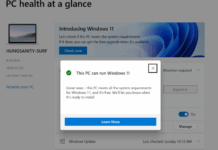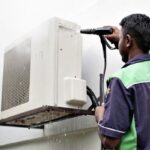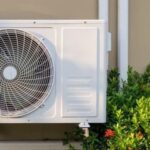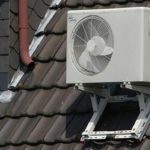Air conditioners have two main components: the outdoor unit (condenser) and the indoor unit (evaporator). While the evaporator requires annual cleaning and maintenance, the condenser, being installed at a higher elevation, is often overlooked. However, since it is exposed to the elements, one may wonder if it needs protection, especially during inclement weather.
Do outdoor AC units need protection during heavy rain?
In essence, condensers are designed to be installed outdoors to ensure adequate heat dissipation. Manufacturers have built them to withstand weather changes and function normally in sunny or rainy conditions. This unit is not prone to damage even during heavy rainfall. Nonetheless, experienced HVAC technicians advise against installing the condenser too low or close to the ground. During floods or heavy rain, water can enter the unit and render it inoperable.
Shielding the condenser from sun and rain is unnecessary. As per manufacturer guidelines, the condenser should be installed in a well-ventilated area to facilitate heat dissipation. Excessive covering can trap the heat generated during the AC’s operation, causing the device to overheat. This will hinder the cooling process, reduce the equipment’s lifespan, and increase electricity consumption, resulting in higher utility bills.
Ensure the area around the condenser is unobstructed to promote faster airflow and prevent excessive temperature increases. Additionally, leaving the condenser uncovered helps rainwater evaporate quickly, preventing prolonged moisture retention that could damage internal components.
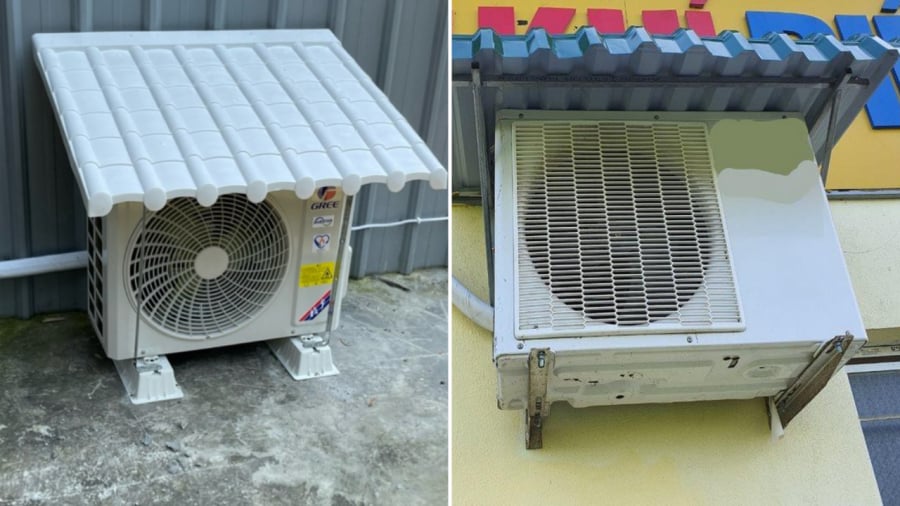
Important considerations for AC condenser installation
- Do not install the condenser indoors
While some individuals may be tempted to install the condenser indoors to protect it from the elements, doing so compromises cooling efficiency. The condenser needs to be outdoors to expel hot air from the room. Indoor installation prevents the dissipation of this hot air, resulting in reduced cooling performance and equipment lifespan.
- Install the condenser outdoors
When installing the condenser outdoors, choose a suitable location. Place it in a cool, shaded area, not too close to the ground, and avoid direct exposure to harsh sunlight, as high temperatures can hinder its performance.
Additionally, avoid installing the condenser in a location with direct wind exposure. Strong winds can create significant pressure that interferes with the internal fan’s operation, leading to increased energy consumption.
- The condenser should be installed lower than the evaporator
The condenser should be located outdoors and at a lower elevation than the evaporator. Installing the condenser higher can cause the refrigerant gas to evaporate completely, and the oil may flow back into the evaporator. This incorrect positioning compromises the AC’s efficiency, increases power consumption, and shortens the equipment’s lifespan.
If the condenser has already been installed higher than the evaporator, it is mandatory to design an additional oil trap to prevent oil from flowing into the evaporator, thus ensuring optimal cooling performance.
In conclusion, there is generally no need to shield the condenser from the sun or rain. However, it is crucial to install it according to the manufacturer’s guidelines and in a suitable location to ensure the AC functions effectively and efficiently.
















